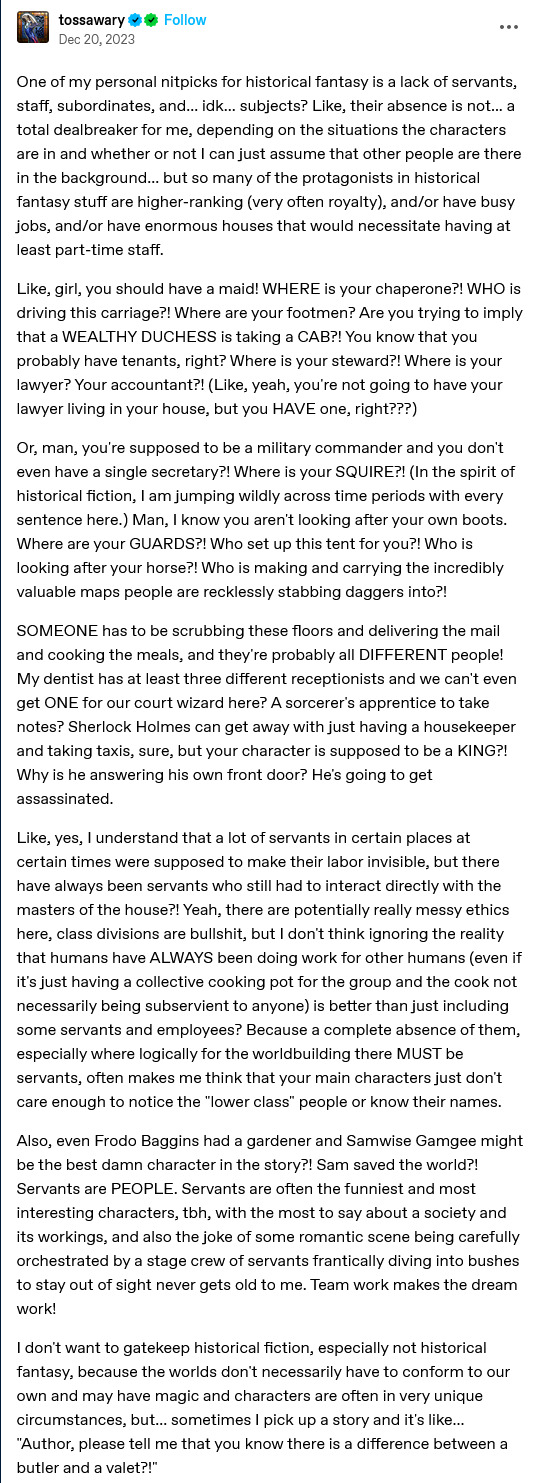#Mrs Beeton
Explore tagged Tumblr posts
Text

2 notes
·
View notes
Text
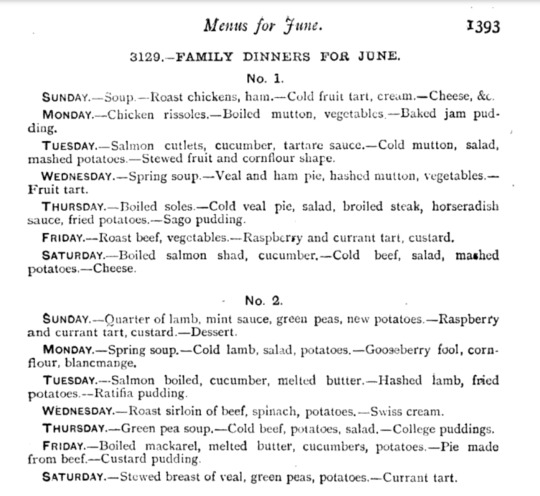
from Mrs. Beeton's Book of Household Management by Isabella Beeton (orig. published 1861; above from the 1888 edition)
#mrs beeton's book of household management#mrs beeton#isabella beeton#victorian era#19th century#food history#antique cookbook#cookbook#victorian food#victorian cookery#19th century food#historical cooking#victorian cooking#history#old cookbook
29 notes
·
View notes
Video
Detail from a 1950 Beeton Books ad by totallymystified
#1950s#housewife#cookery#kitchen#Mrs Beeton#cookery book#retro#vintage#nostalgia#fifties#illustration#ad#advert#advertising#advertisement#flickr
1 note
·
View note
Text
Gentleman’s Relish
The delights of #GentlemansRelish #anchovies #umami #foodhistory
Sometimes simplicity is best. Take hot, buttered toast. The joy that it can bring was wonderfully encapsulated in Kenneth Grahame’s The Wind in the Willows (1908), where a plate “piled up with very hot buttered toast, cut thick, very brown on both sides, with the butter running through the holes in great golden drops, like honey from the honeycomb” sent Toad into ecstasy, evoking images “of warm…

View On WordPress
#Admiral Sir Sydney Smith#anchovies#Gentleman’s Relish#Kenneth Grahame#Mrs Beeton#Scotch Woodcock#The Wind in the Willows
0 notes
Note
Hey! Thanks for all the work you do for us!
Thought this might interest you. This cooking channel on YouTube has tried to make some of the recipes from Mrs. Beeton's Cookery and Household Management!
In some ways, I can kind of see why Gabriel picked it up....
Oh thank you! :) The only fun fact I remember about the book is this: :D
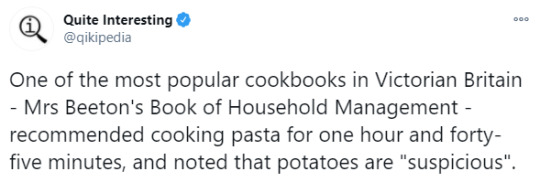

252 notes
·
View notes
Note
Hi Mrs. Beeton - you seem to be an expert re: history of domestic service. Do you by chance have any book recs? I'm predictably interested in early 20th c. high-income households and their senior staff (y'know - #JustRebeccaThings) but pretty much any topic, or overview, would be more than welcome
Hi there! Definitely not an expert by any means (it’s the field I’m currently working in but is not what my degree is in at all), but I do have decent research skills and lots of experience in this one specific topic!
I always recommend that for a primary source, you consult Mrs. Beeton herself—my ask button is a reference to Mrs. Beeton’s Book of Household Management, first compiled/edited by Mrs. Isabella Beeton in 1861 and continually updated/re-published as recently as 2010. By the early 20th century it was a household standard, and I have zero doubt that Mrs. Danvers would have referenced it regularly(or even have committed several chapters to memory).
Here’s some information ABOUT the book/its legacy: https://en.wikipedia.org/wiki/Mrs._Beeton%27s_Book_of_Household_Management
And here is a link to one archive edition of it (there are many available for free online, and as there are near infinite editions you can find printed copies very affordably secondhand): https://archive.org/details/b20392758
One of the great things for research about the late 19th/early 20th centuries is the rapid evolution of the printing and publishing industries in that time, as well as the VAST amount of material written for and by women specifically about housekeeping, entertaining, homemaking, etc.
There are just countless extant examples of women’s magazines, lady’s journals, etiquette books, home guides, etc etc out there! Brittanica gives a good overview of some of the more successful ones: https://www.britannica.com/topic/publishing/Womens-magazines
In terms of contemporary resources, I think this might be right along the lines of what you’re looking for:

I also recommend you check out the British reality/history series The Edwardian Country House! It’s not currently streaming anywhere that I know of (available for digital purchase on Amazon and AppleTV it looks like), but the majority of it is available on YouTube (in varying different uploads and playlists and resolutions lol). Here’s one video compiling a couple episodes, the sound quality gets better after the intro: https://youtu.be/ILfXMhFNE7c?si=vygvafS_ESpwfz4d
youtube
And then here are some other books I’ve used in my work, though your mileage may vary for your own purposes (the time periods vary and these are US centered).
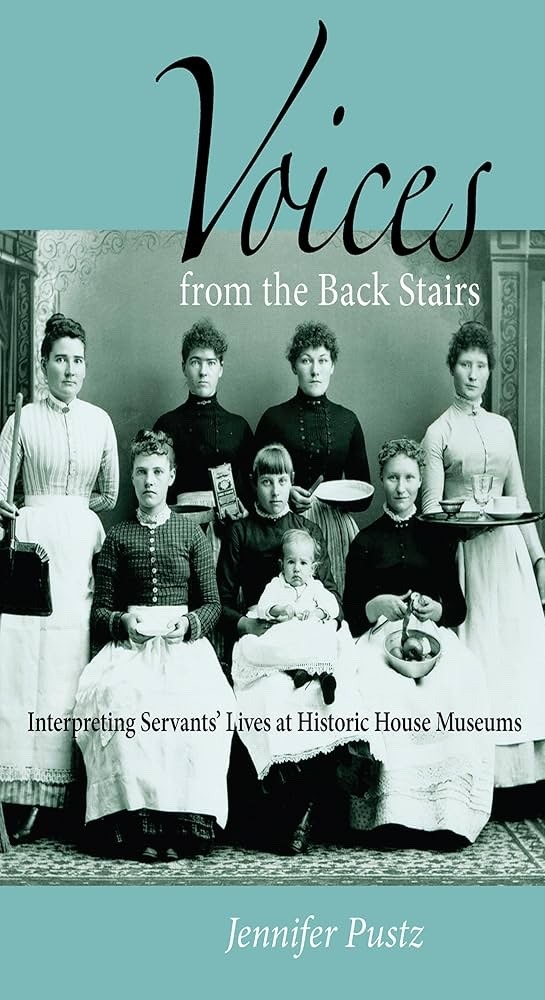
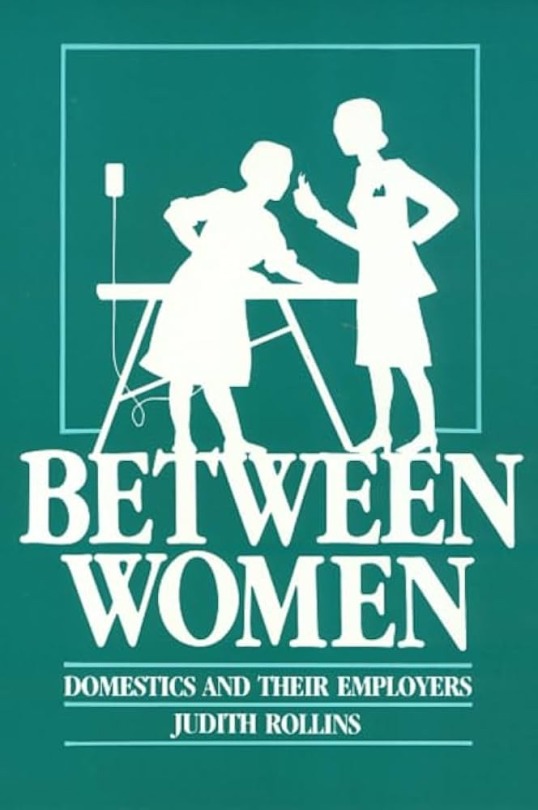
#research resources#Mrs. Beeton#Isabella beeton#labor history#domestic service#Edwardian era#Victorian era#consult Mrs. Beeton#Museum musings#rebecca das musical#mrs danvers
13 notes
·
View notes
Text



Another of my Nanna's books; Mrs. Beeton's is a Victorian recipe book my Nanna used throughout her life. It's possible that her mother or grandmother had a copy; I never asked. Her copy was printed in the 1960s, and my mom and uncle grew up with it. I have not inherited this book; my uncle asked that I rebind it for him.
The book has an interesting history; first published as a segment in Isabella Beeton's husband Samuel Beeton's publication, it wasn't published as a book until 1861. It was an instant best-seller.
Mrs Beeton died in 1865, and a year later the copyright was sold to publishers Ward, Lock, and Tyler after Samuel Beeton fell into debt. The book has been revised steadily into the modern day.


#mine#bookbinding#rebinding#book restoration#old book#recipe book#mrs beeton's#mrs beeton's cookery and household management
8 notes
·
View notes
Text
—Isabella Mary Beeton, a good writer and a gentle soul, and Elizabeth Emma Soyer, a prolific and brilliant painter since her childhood, forever yet to turn twenty-nine.


#Both of them lived to see just a glimpse of their glory before passing away unjustly soon#Isabella Mary Mayson#Mrs Beeton#Emma Soyer#Victims of the childbed
2 notes
·
View notes
Text
Caravaggio's Rome is My Rome the book I've been writing for the past 20 years

When I first moved to Italy in 2003 I began researching, writing, taking photographs, collecting recipes, stories, experiences; I began gathering together the material that would become The Book, My Book
The book, my book began its life as "Under a Fig Tree in Rome", my love letter to the five years I lived on the streets, named after my first home, a fig tree on the Tiber Island.
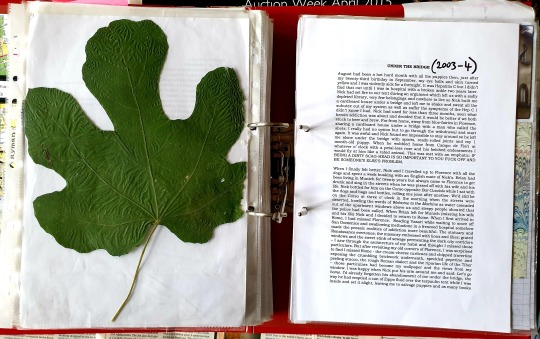
In first-person narrative I told the tales that weaved together those five years. A way of apologising, forgiving, celebrating, remembering those faces & places. An exorcism of ghosts of sorts as most of the characters i wrote about are dead now. My book is a memorial. A glorification of the inglorious. But it was no Kerouac. I printed and bound "Fig Tree" and placed it in my bookcase.
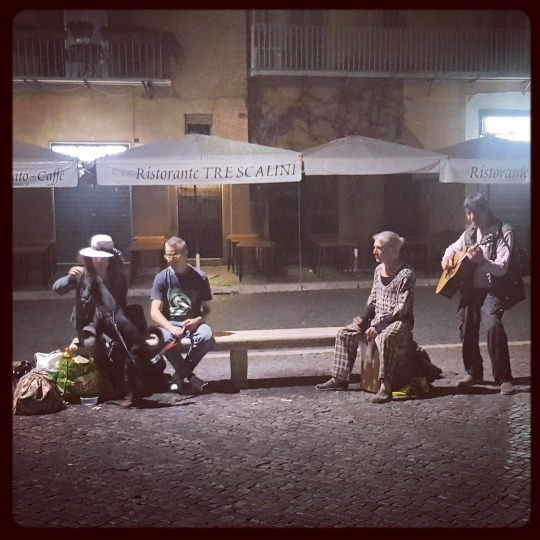

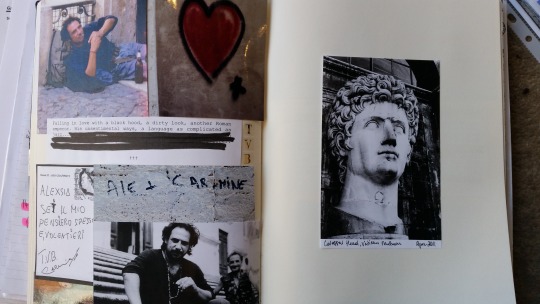


My obsession with Rome remained a roaring fire in my heart after i left the city in the summer of 2007. By 2009 I enrolled in the history of art program at Birkbeck, University of London, graduating with a Masters degree in 2017, the majority of my credits being Roman/ Renaissance modules. I had learnt a great deal which made me aware that I knew absolutely nothing.


In 2016 I began writing about Rome again, but from a different angle. My boyfriend had a rickshaw which he used to transport tourists around the city. I realised the rione of Rome I had lived in & written about in The Book, My Book was also the backdrop of Michael Merisi da Caravaggio's twelve years in Rome at the turn of the seventeenth century.










I began to draw different lines on the same map, joining dots, making connections. I wrote another book, based on a series of walks in which you saw the paintings of Caravaggio as well as where he lived, where he drank, where he worked overlayed with where I lived, where I drank, where (and what) I wrote. Caravaggio's Rome is My Rome.



The lockdowns of 2020-21 changed everything for Francesco & I. No tourists, no work. Required by law to stay at home, 25 km east of Piazza Navona, I began to explore my patch the city, Giardinetti, just off exit 18 of the Grande Raccordo Anullare, the ring road around Rome. My geography had changed. & then our circumstances changed too.
In December 2022 Francesco had a car accident that left him semi-paralysed. From the moment he was discharged from hospital in February of this year I became a cook, cleaner & carer. My Rome work became a Mrs Beaton-like grimoire of recipes, household management tips, hedgewitchery and notes on a nightmare commute - with a wheelchair - across the city relying on (extremely unreliable) public transport.

My role changed, so my Rome changed and the book, my book gets re-written, again. More like a Cy Twombley painting than ever - scribble, scribble, scribble, WORD IN CAPITAL LETTERS, whitened, sanded back, text comes through the titanium white.

#caravaggios Rome is my Rome#writing#under a fig tree in Rome#rome#bachelor of arts#master of arts#birkbeck#University of London#cy twombly#Mrs Beetons Book of Household Management#grimoire#creative process
2 notes
·
View notes
Text
BeeTone - Mr Hanky (Joey Bada$$ Remix) [Video]
After the success of the last freestyle “Benny Kray” BeeTone is back again with a new freestyle entitled Mr Hanky over Joey Bada$$‘s 2025 release – Sorry Not Sorry. As ever B is spitting the realness and niceness and “keeping Hip Hop alive“. Instrumental: Sorry Not Sorry – Sorry Not SorryRemade by:…
0 notes
Text
1

2

0 notes
Text
It is well known that some persons like cheese in a state of decay, and even 'alive'. There is no accounting for tastes, and it may be hard to show why mould, which is vegetation, should not be eaten as well as salad, or maggots as well as eels. But, generally speaking, decomposing bodies are not wholesome eating, and the line must be drawn somewhere.
-- Page 95, Isabella Beeton, "The Campaign for Domestic Happiness"
#isabella beeton#the campaign for domestic happiness#victorian#victorian food#mrs beeton's book of household management#cookery#cheese#historical cooking#food history
1 note
·
View note
Text
CHEESE SANDWICHES
Ingredients.—Slices of brown bread-and-butter, thin slices of cheese. Mode.—Cut from a nice fat Cheshire, or any good rich cheese, some slices about ½ inch thick, and place them between some slices of brown bread-and-butter, like sandwiches. Place them on a plate in the oven, and, when the bread is toasted, serve on a napkin very hot and very quickly. Time.—10 minutes in a brisk oven. Average…

View On WordPress
0 notes
Text
Brytyjska kultura herbaty
Na jednej z herbacianych grupa padło pytanie, jak to jest z kulturą picia herbaty u brytoli. Padła odpowiedź, że chyba nigdy nie mieli zbyt rozwiniętej. Otóż istniała i to nie gorsza, niż w Chinach czy Japonii. Przed państwem, herbata po brytyjsku z domieszką ignorancji po polsku. Continue reading Untitled

View On WordPress
#afternoon tea#anglia#Architecture is a good idea#chiny#cream tea#Erico Arthur Blair#Five o&039;clock#Five o&039;clock tea#Gorge Orwell#herbaciana kultura#herbata#herbata w Anglii#High tea#Imperium Brytyjskie#Isabell Beeton#japonia#Kompania Wschodnioindyjska#kultura#kultura herbaty#Mrs. Beeton&039;s Cookery Book: And Household Guide#plantacje herbaty#plantacje herbaty w Indiach#plantacje herbaty w USA#plantacje w Indiach#plantacje w USA#porcelana#regaty herbacianych kliprów#Wielka Brytania
0 notes


